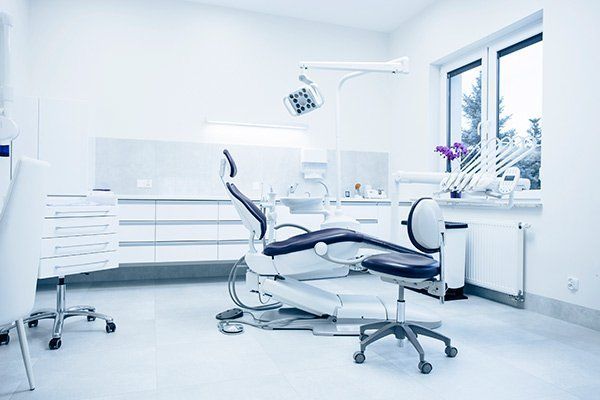Signs of Gum Disease and How to Stop It From Progressing
December 4, 2017

According to a study conducted in 2012, half of all Americans over the age of 30 have gum disease. Many people that have gum disease do not realize they have it, but you can often tell if you do or not by looking for the common signs that accompany this disease.
What Is Gum Disease?
Gum disease is not something that happens overnight; it is a disease that progresses. While it is called a disease, it is more like an infection that affects your gums. Gum disease starts at the gum lines by your teeth, but it works its way down through the rest of the gums as the disease progresses.
Gum disease develops from plaque left on teeth too long. Plaque is a material that feels sticky and builds up over time. You can remove it by brushing and flossing, and a hygienist removes it during cleanings. If you do not remove plaque, it becomes hard and turns into tartar.
The problem with leaving plaque on your teeth is that it contains bacteria. The bacteria can easily get into your gums, and this is how gum disease begins. If you leave it untreated, it will worsen. Eventually, this disease will eat away at your gums and could cause you to lose teeth. Your gums provide support to hold your teeth in place. Without enough gums, your teeth will fall out.
What Are the Signs of Gum Disease?
If you have gum disease, you will likely notice the following things:
- Bleeding gums – When you brush or floss, do you see blood coming from your gums? If so, there is a good chance you have gum disease.
- Sore, swollen, red gums – A common sign of gum disease involves redness and swelling of the gums. You might have this only in one area of your mouth or throughout your entire mouth.
- Gaps between your teeth and gums – As gum disease progresses, you will see a space between your gums and teeth.
If you have gum disease, you may also suffer from bad breath all the time. Bad breath is typically present when your mouth contains a lot of plaque, but gum disease also causes bad breath simply because it is an infection.
What Can You Do to Prevent It From Progressing?
You need to treat gum disease as soon as you discover you have it. If you find it quickly, you probably have the initial stage of gum disease, which is called gingivitis. This initial state is much simpler to treat than advanced stages of gum disease are. When it advances, it is called periodontal disease.
With gingivitis, your dentist might suggest treating it through a procedure called scaling and root planing. During this procedure, your dentist would thoroughly clean your gum lines to remove all the built-up plaque found in these areas. This procedure can hurt, but it offers an effective treatment option for gingivitis.
If you have a more advanced stage of gum disease, your dentist might have to perform a gum grafting procedure. To do this, the dentist would first remove all the damaged gums from your mouth. Next, the dentist would add new tissue to your mouth to replace the bad tissue he or she removed. This is a major procedure you can avoid by treating gum disease quickly.
If you suspect that you have gum disease, you should visit a dentist soon. To schedule an appointment, contact P.A. Daniel Jr., D.D.S. We offer examinations, cleanings, and all types of dental services, and we can diagnose gum disease and help you find ways to stop it from worsening.












